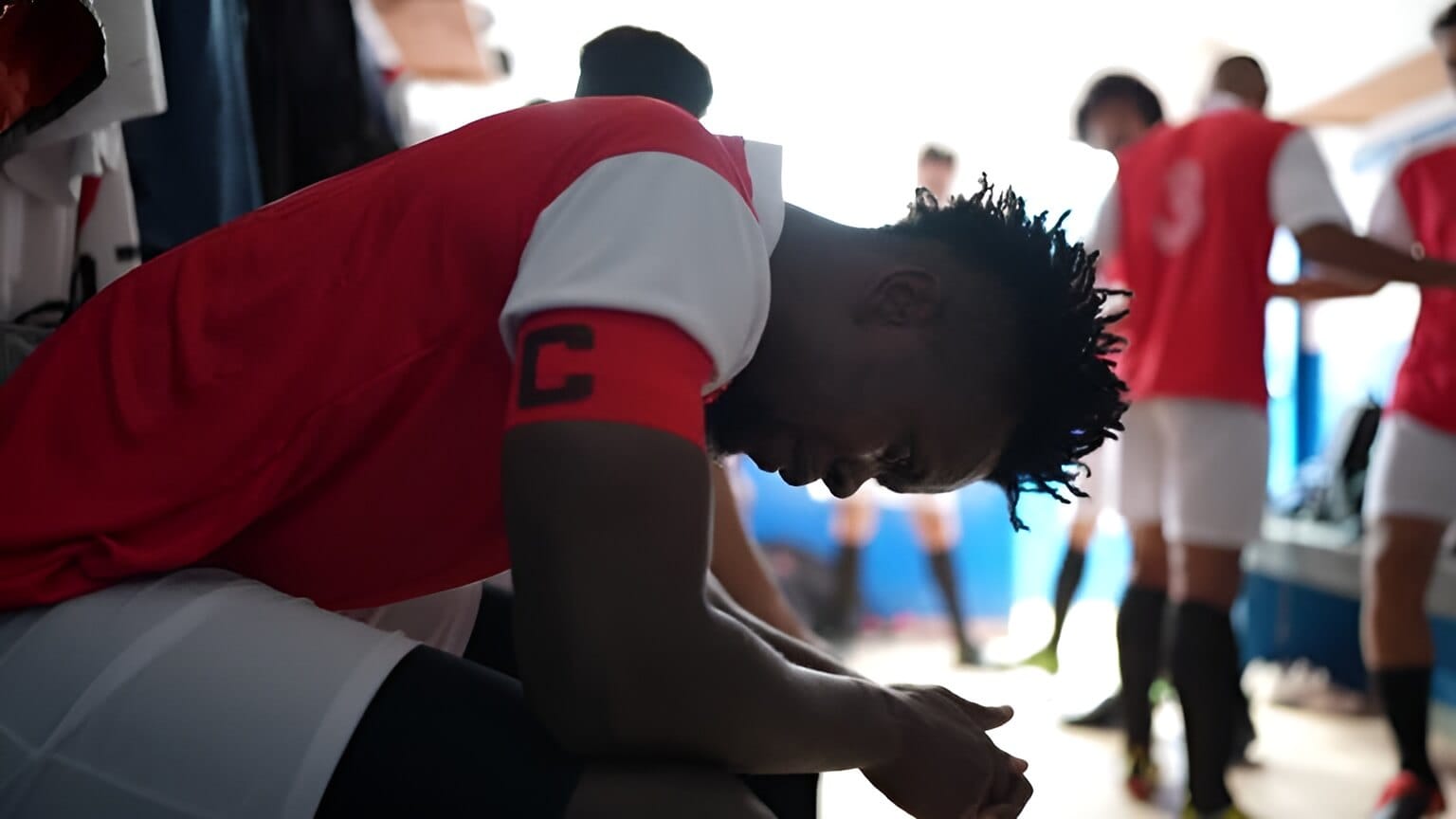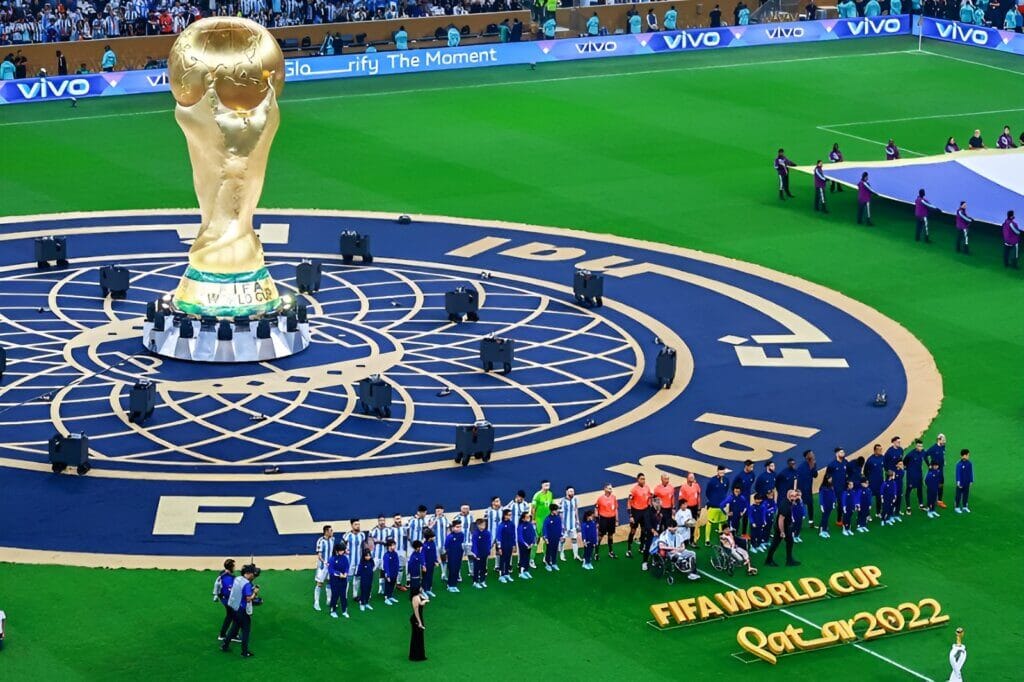
The Pressures of Today’s Football Schedule: Why Footballers Are Playing More Games Than Ever
Now more than ever, football is not just a game, but an industry supported by burgeoning schedules and ceaseless competition driven in large part by commercial interests. Players have got to that stage where they are playing more football than ever before, and there is worry for their welfare – both physical and mental. Identifying the reasons why footballers play so many games is one of the ways by which some of the challenges associated with playing a lot more matches are identified. In this article, we delve into why the match calendar is so full, what it does to players, and its future effects on football.
Expansion of Football: A Global Game
The game of football has become a multi-billion-dollar business, immortalizing the expectations placed on players. The game has become a global sport, with hundreds of thousands in attendance watching domestic leagues and exhibition matches draw spectators numbering into the millions from continents around the planet. With the rise in popularity of the game, football is what most people are hungry for further content on. More action is wanted by everyone, be it fans or broadcasters, and more the demand of matches.
The ramping up of global television and sponsorship has been a driver behind this increase. Pay-to-watch TV channels bid huge amounts of money that they can only get back if the competition goes on air, and so leagues also schedule more games to bring in as much revenue as possible. This eventually covers the full length of a year when players are required to play. Passion or not, it really is too much competitive football on their plate! The off-season, once a sacred time for rest and recuperation, has slowly dissipated as players come calling to serve their club or country ad infinitum.
Global Tournaments on the Rise

The proliferation of international tournaments has played a major part in the congested footballing calendar. Big tournaments like the FIFA World Cup, UEFA European Championship, and Copa América are now expanded with a larger number of teams (32 to 48) along with longer competition formats. Similarly, continental contests in the UEFA Champions League and Europa League appreciably increased their participant counts, which meant more rounds of qualification, group stage play, and knockout matches.
The lull in competitive international fixtures only tells part of the tale. Friendly matches, qualifiers for those tournaments, and other new competitions like UEFA’s Nations League have increased workloads across the board. The national teams are playing more, with fixtures being crammed into international breaks that once had been put aside for a rest from the clubs.
League and Domestic Cup Results
Footballers must compete in demanding domestic schedules of league fixtures, cup competitions, and possible play-offs. The top-tier leagues, such as the English Premier League, La Liga, and Serie A, hold 38-match seasons, though some lower divisions play even more matches. On top of that, players will play in domestic cup tournaments, too, such as the FA Cup or Copa del Rey, and this can add a few more games to an already full schedule.
Players for clubs involved in Europe are expected to play midweek Champions League or Europa League games, with league matches at weekends. This involves big teams playing two matches of high intensity every week for months with little time to recover or rest between games. Sides who go deep in these tournaments are placed with more demands as they play two-legged semi-finals prior to each final, and the physical endurance of players will be tested further.
Preparatory Tournaments/Friendlies
Another big reason for the increase in footballers playing more matches is because of pre-season tournaments and appearances, which are often hosted at a completely different location like the United States or the Middle East. These well-paid pre-season receptions, designed to boost the profile of clubs internationally and attract followers from new territories, increase the workload on players in additional fixtures, which, although still classed as “friendlies,” are important for a number of reasons.
Although pre-season tours serve many functions, most importantly, to build up fitness levels and increase commercial revenue. But for the players, it’s more games they are required to play before and during what is already an arduous competitive season. Time was when pre-season friendlies were about playing into form; now, they are heavily marketed and rather finely poised commercial events that ramp up pressure before a ball is kicked in anger.
In addition to this, you must remember the serious mental pressure of constantly fighting. People say footballers feel big pressure in every game and that fans, coaches, and the media place heavy demands on their backs. The emotional pressure of big matches, combined with extensive travel and time away from families, can have a draining effect on the mind.
Although advances in modern sports science have helped extend player fitness, the number of matches players are forced to take part in means that even the most efficient recovery methods cannot adequately protect their bodies from physical demands. It has helped to a point, with many domestic and European leagues adding five substitutions as clubs juggle their squads to protect against injuries due to the volume of workload, but it is evidently still causing issues.
Commodification

Football has been commercialized to a degree where there are so many matches put on at the same time that it is literally impossible to watch every single one. Football clubs are no longer merely sports teams; they have become international brands with a fan base that extends into the millions. Clubs have been pushed into playing more games in regions where the sport is booming ― particularly Asia and North America ― by growing demand to expand these brands and markets.
Star players can sometimes be replaced in easier qualifying matches and friendlies, which are less lucrative fixtures. Still, they will always take advantage of the big money slot against a major rival because commercial imperatives require them to play. This consequently increases the burden on top-level footballers, who are considered a vehicle for generating interest in and profits for clubs and leagues. Clubs are further motivated to play games due to the rise of big-money tournaments, and continued participation drives financial returns.
Football Calendar Significant Role
Even the football calendar has been surrounded by shame. Governing bodies such as FIFA and UEFA need to be careful not to disrupt the vibrant community of domestic leagues, international competitions, and player opportunities. The growth of recent new competitions like the FIFA Club World Cup and potential future expansion plans for others have fueled discussions on whether football’s calendar has already run out of room.
In particular, belatedly completed, it was grants of “self-regulation” and the arrangement and planning of apparatuses that should have been rectified. The 2022 FIFA World Cup, for instance—held last winter in Qatar—wreaked havoc on domestic league seasons across Europe as matches had to be rescheduled, and the already condensed fixture list pushed even more numbers crunching closer together. When players struggle to maintain their fitness and performance level, it only causes more injuries or worse.
Do We Know What to Do About Managing Player Workload?

As is the case every time footballers play more games, concerns arise over managing player workloads better and easier. Clubs, leagues, and governing bodies are looking at multiple ways to tap into this.
Perhaps one way is to reduce the number of games in domestic leagues or cup competitions. Some have indicated that domestic cup competitions could be organized more simply by having fewer rounds or eliminating two-legged ties. Other suggestions for potential solutions have been made, such as reducing domestic leagues to limit the number of games each team plays in a season.
SGTA suggests another idea: squad rotation, which managers use to ensure players remain fresh and don’t get enough time on the pitch for injury. Some of the best clubs in Europe have used this tactic, but it needs to be fed by quality players who are able to perform when their number has been called. However, smaller clubs with limited strength in depth can need help to rotate at that level because the difference between a first-XI player and someone from reserves will be more pronounced.
Player workload is also a factor that sports science technology affects management. Fitness tracking has also improved, as forward-thinking clubs are now able to track not only their fitness with precision but also monitor other movements that might create injury and fatigue. Ultimately, though measures like this can do some good, they begin to reach a limit if the number of matches just keeps rising.
What Does the Future Look Like for Football Schedules?
While football keeps getting bigger and better, fixture congestion will continue. All governing bodies, leagues, and clubs will have to manage the tension between commercial imperatives and safeguarding player health. Fans may enjoy the extra games, but there are likely long-term repercussions that would lower the quality and integrity of play if players were put through an increased number of wear-and-tear-generating fixtures.
In the long term, the football calendar will have to be looked at systematically in order for players’ careers not only to continue without breaking muscle and bone but also to burn out their essence. Even though competitions are set to grow with extension plans for the competitions in play and new tournaments being introduced, footballers may have challenges. The trick will be to find solutions that are sustainable and allow athletes to perform at their best while also making cricket a sport with global reach.
Conclusion
Led by football’s mushrooming commercial interests, the growth of international and domestic competitions, and ever-growing demands from fans and broadcasters, football is increasingly being played in more than five million games a year. The game continues to gain fans, but it is also grueling for those who play—mind and body.
The football family must work together to find a solution to managing player workload as concerns around fixture congestion continue rising, and we ensure the survival of our great game for generations.
Is entertainment over player welfare the future of football? Although we love to see as many games as possible, it is a reminder that the players do need some rest and recovery time in order for them to get the most benefit on the pitch. The welfare of its players will become a watchword for football to sustain itself as the global phenomenon that has defined it.
For further informative articles visit Dailyforesight



